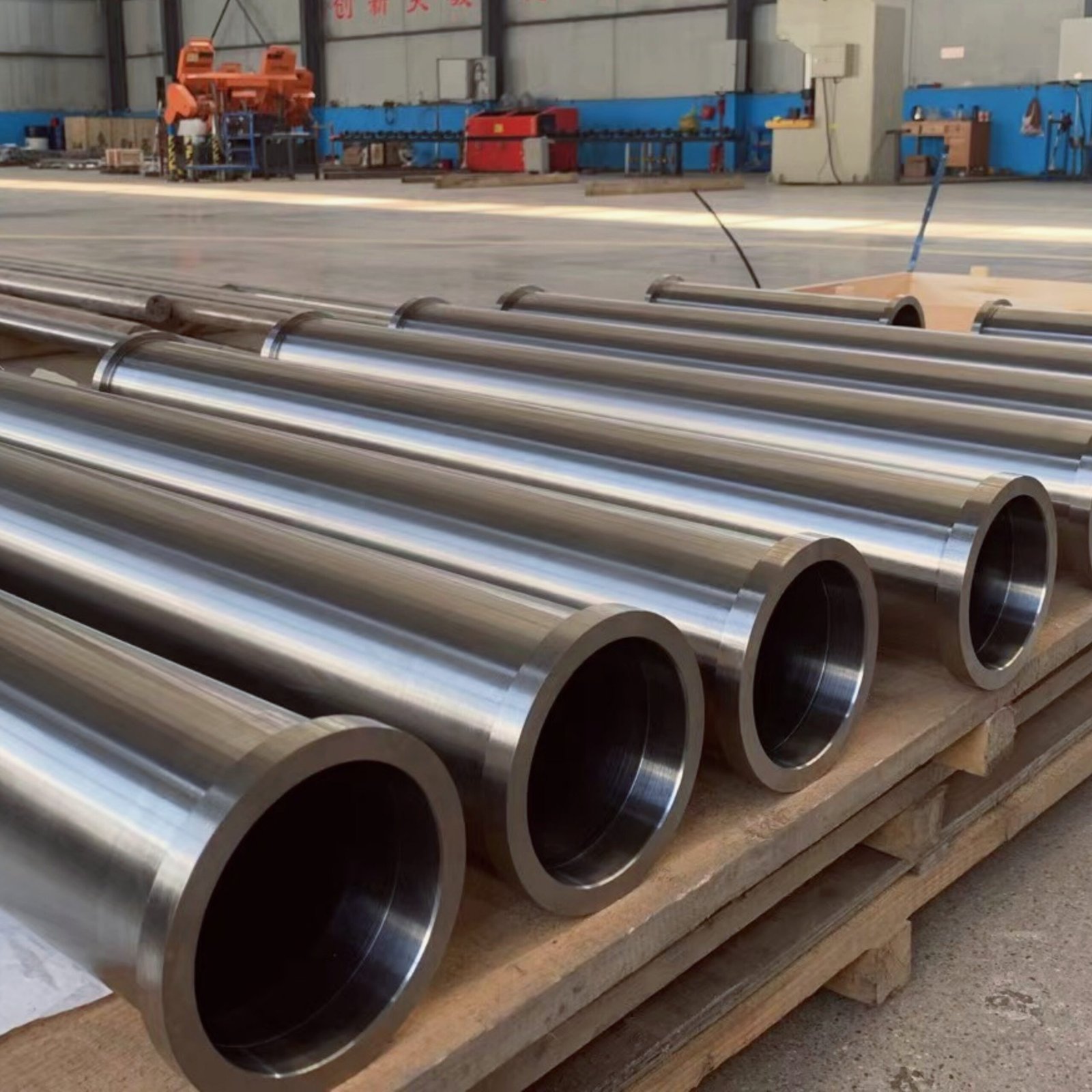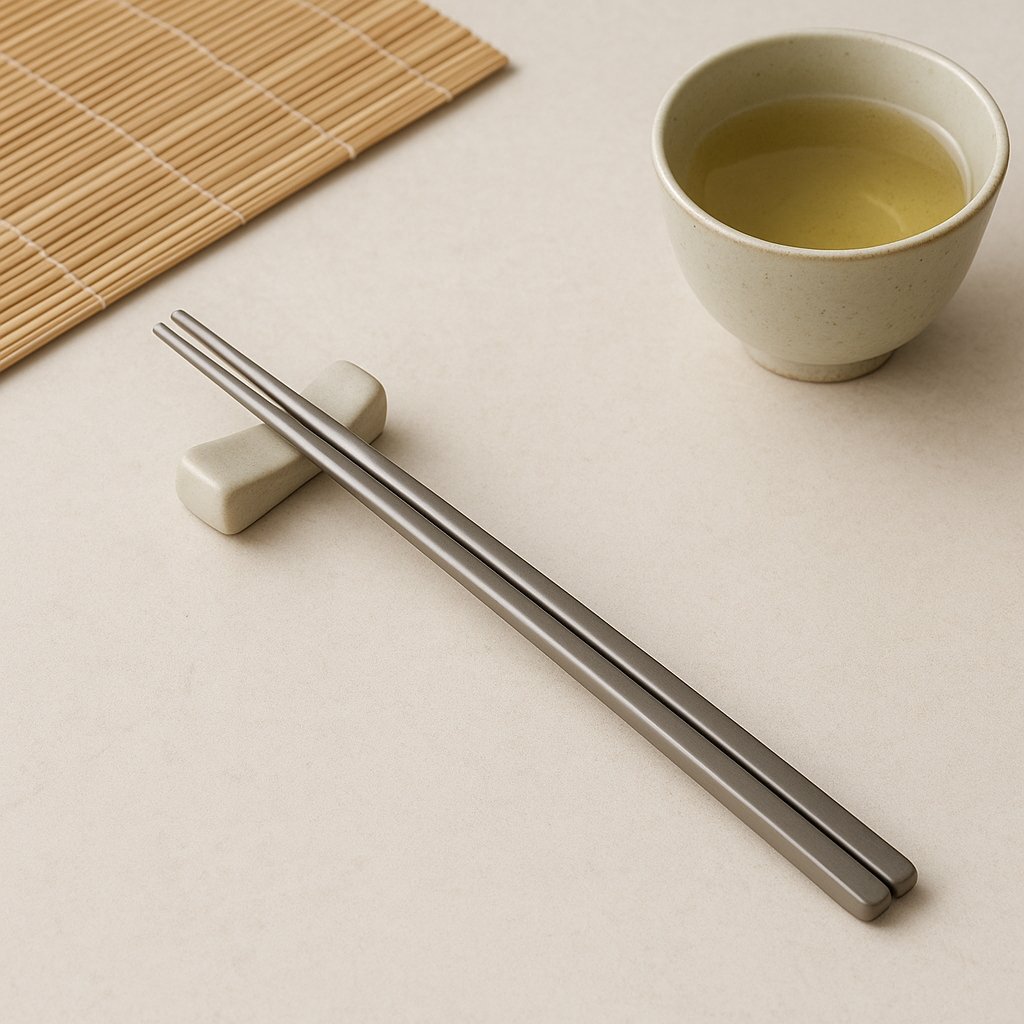From the outside, titanium forgings may look like simple blocks, rings, or discs—but behind their clean surfaces lies a journey of heat, pressure, and precision. Whether it's a flange for a chemical plant, a load-bearing ring for an aircraft, or a raw block waiting to be machined into a medical implant, many high-performance titanium components begin their lives in the forge.
Let’s take you behind the scenes to see how it all comes together.
It All Starts with the Ingot
The journey begins with a titanium ingot—either commercially pure titanium (like Grade 2) or a high-strength alloy such as Ti-6Al-4V (Grade 5). These ingots are large, heavy, and raw. They don’t yet resemble the precision parts they will become, but they hold the potential.
Once cut to the required size, the ingot is heated to forging temperature—typically around 900 to 950°C for Grade 5 titanium. At this stage, it's not about melting—it’s about softening the structure just enough to shape it without cracking.
The Power of Forging: Pressure that Transforms
Under the massive force of hydraulic presses, the titanium begins to take shape. Depending on the product, we might use open-die forging—for items like large titanium rings, discs, or custom blocks—or closed-die forging, when precise geometry is needed for smaller parts.
During forging, the metal is compressed and deformed repeatedly. This process doesn't just shape the material—it realigns the grain structure, eliminates internal voids, and enhances the mechanical properties.
This is why forged titanium parts are often preferred in critical applications. Compared to cast or machined-from-bar components, forgings deliver better strength, better fatigue resistance, and greater reliability under stress.
You’ll find titanium forgings at the heart of:
- Aerospace components, such as landing gear rings and engine housings.
- Medical devices, starting as titanium blocks before being machined into implants.
- Flanges and pressure-rated pipe fittings, where strength and integrity are non-negotiable.
Shaping the Future: From Ring to Flange, Block to Implant
Let’s say we’re forging a titanium ring destined for a heat exchanger in a coastal chemical plant. That ring might begin as a disc or a hollowed-out cylinder. Through controlled hammering and radial compression, the titanium is expanded and thickened until it reaches the required outer and inner diameters.
Or imagine a titanium block meant for orthopedic implant machining. Starting from a square billet, we forge it into a more compact, refined shape, improving internal structure and ensuring uniform density—critical for implant safety and fatigue life.
Even a simple-looking flange might start life as a forged disc, custom-sized from a larger billet, ensuring every grain runs in the right direction to withstand pressure and corrosion.
After the Forge: Heat Treatment, Inspection, and Machining
Forging is just the beginning. After shaping, parts undergo heat treatment to relieve internal stresses and fine-tune properties like hardness or ductility. For high-grade alloys like GR5 and GR23, this step is especially important to meet aerospace or medical standards.
Next comes precision machining—turning, facing, drilling—to reach final dimensions. And then, non-destructive testing such as ultrasonic inspection verifies that the internal structure is flawless. Many of our customers—especially in the aerospace and chemical sectors—require full traceability, from ingot to finished part, and every forging we produce includes a batch number and heat record.
Why Forgings Matter: Beyond Shape, Into Performance
Forging isn’t just about forming—it’s about transforming. It’s the process that gives titanium its full potential in real-world applications.
When a customer holds a finished titanium ring or block, they’re not just holding metal. They’re holding:
- Grain alignment for fatigue resistance
- Homogeneity for safe, predictable performance
- The structural integrity to survive high pressure, vibration, or corrosive attack
That’s why forging remains the gold standard for demanding industries.
Final Thought: Where Precision Begins
At Young Things Metal, forging is more than a process—it’s where precision begins. Our titanium forgings are the starting point for some of the most critical components in aerospace, medical, and industrial systems. From custom rings to forged blocks ready for CNC machining, we deliver not just material—but performance you can rely on.
Interested in forged titanium parts? Get in touch—we’re ready to support your project from ingot to final product.



